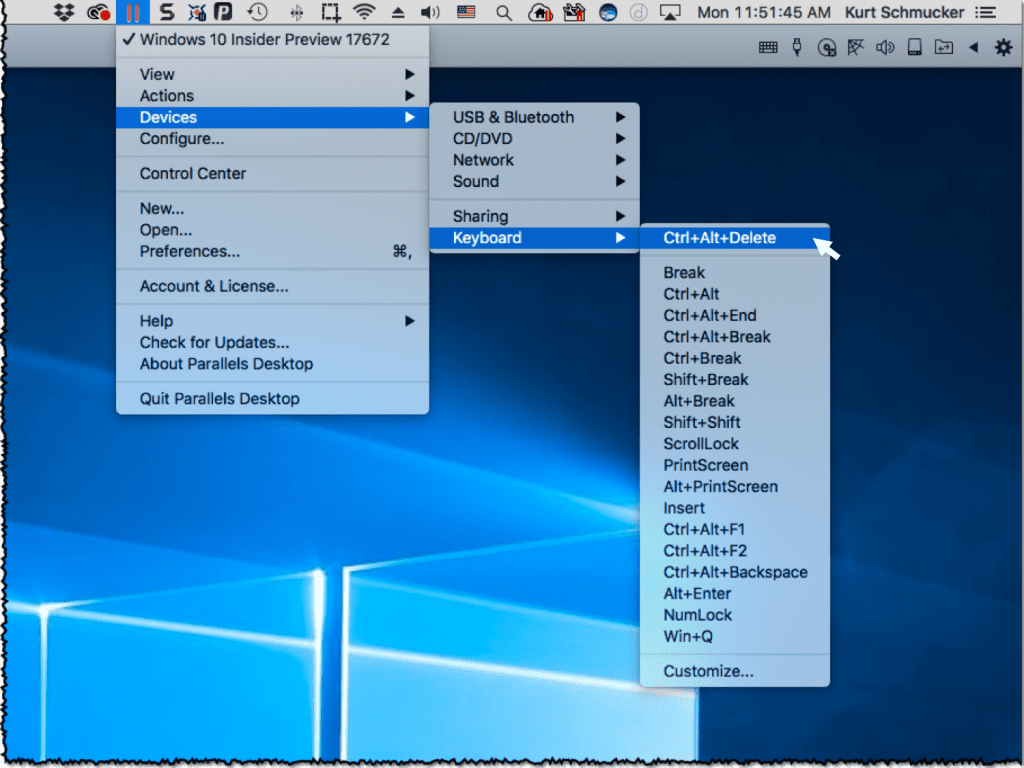

- #Make image view for mac full screen xcode how to
- #Make image view for mac full screen xcode for mac os x
- #Make image view for mac full screen xcode install
- #Make image view for mac full screen xcode windows 10
It is recommended that you set 128 MB of video memory, as when a video mode with higher resolution is used, more video memory is needed. If you try to maximize the VirtualBox VM window right after installing Windows 10 on a VirtualBox VM, the size of the guest OS user interface is not increased (see the screenshot below).Ĭheck the amount of video memory you have in the virtual machine settings.

As you recall, VirtualBox is installed on the host OS running on a host machine (a physical machine) and the guest OS is the operating system running on a VM.
#Make image view for mac full screen xcode windows 10
You can disable the internet connection or set up a virtual network adapter for a VM in the Host Only mode to allow network communication only between host and guest systems, and deny connecting the Windows 10 guest to external networks, including the internet. If security is a concern for you, running Windows 10 as a virtual machine (VM) on VirtualBox is a good idea.
#Make image view for mac full screen xcode how to
How to Make VirtualBox Full Screen for Windows 10 Guests
#Make image view for mac full screen xcode for mac os x
Read today’s blog post to learn how to make VirtualBox full screen for Mac OS X and Windows guest OSs. Don’t worry, however, as it is possible for you to increase the screen resolution of the guest OS user interface as well as run a guest OS in the full screen mode. In the majority of cases, working in a guest OS with low resolution is not comfortable. Moreover, the size of that window is usually not big, and if you maximize the window’s size, the resolution of the guest OS user interface is left the same. Look both ways when crossing the road.By Michael Bose How to Make VirtualBox Full Screen: A Comprehensive GuideĪfter installing a guest operating system (OS) on VirtualBox, the interface of the guest OS is displayed in a windowed mode by default. Please be careful when downloading software from random people on the internet. I have not tested this code, apart from running it for a few days to try it out for personal use. (All the usual warnings and none of the guarantees apply.
#Make image view for mac full screen xcode install
The source is available on github, but if you aren't comfortable compiling the code yourself, or dont want to install the 4GB of Xcode needed to do so, I have uploaded my compiled version of ShiftIt to. What it does do is allow you to have a system wide shortcut for putting the window into a corner or vertical or horizontal halves or full screen. There are a lot of alternatives to Divvy, most are also commercial, but ShiftIt is free and open source, but with a more limited set of features. You can define system wide shortcuts, or shortcuts which are only available when the Divvy window is open.

It uses shortcuts to allow changing window size and position and it allows you to resize to a grid using the mouse very quickly. I use Divvy for this sort of window management, it was the one that closest fit my mental model. Maximize window to screen size: ⌥ + ⇧ + click on green icon.Resize window to it's content: ⌥ + click on green icon.There is no need to buy or hack something to do the following things: I tried it and it works on my MacBook Pro 13" Retina with Mac OS X Yosemite. I can maximize a window in both width and height to the current ⌥ + ⇧ + Click on green or outer right icon (plus How to change the default behaviour of the fullscreen/maximize button?.In order to maximize the window both in width and height to theĬurrent desktop for applications like Google Chrome use: In order to maximize the window so that it fills the visible window Make the green full screen window icon on Yosemite maximize windows.If you Google for this, you’ll see lots of people recommending holdingĪlt-shift before clicking the green button. Here are proofs for those who voted down my answer before even trying if it works: Or double click on the window's title bar while holding Shift(⇧) key (this won't work if System Preferences > Dock > Double-click a window's title bar to minimize is checked). In OS X Yosemite, just click the green plus (+) icon while holding Shift (⇧) + Option (⌥) keys.


 0 kommentar(er)
0 kommentar(er)
